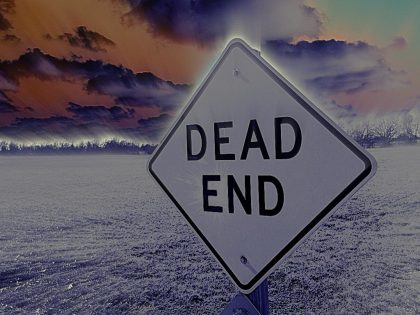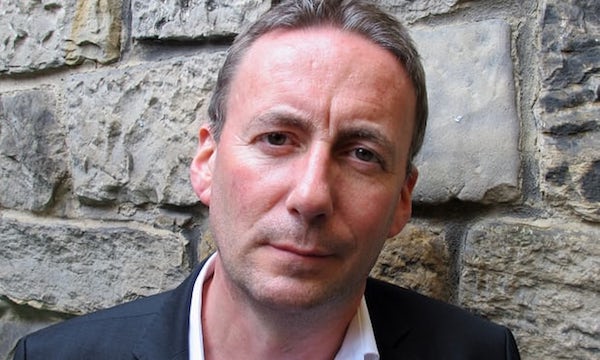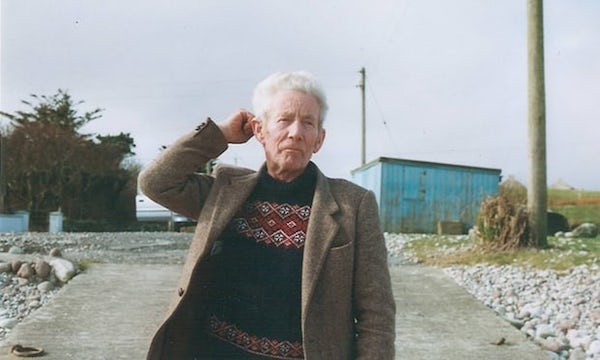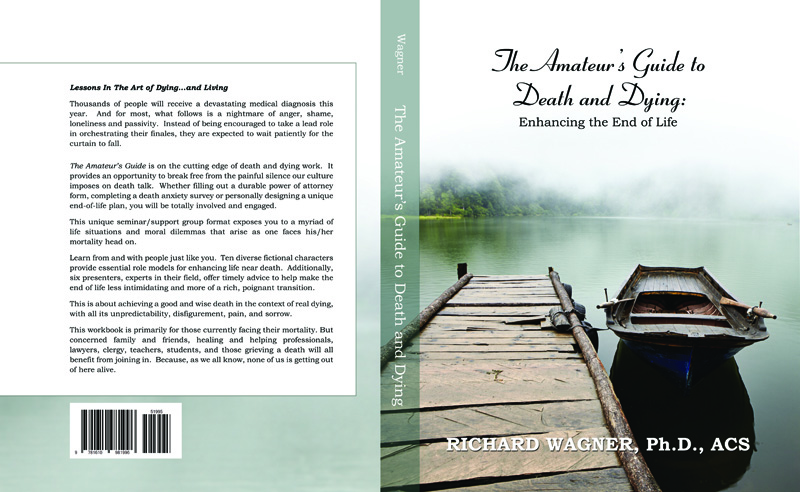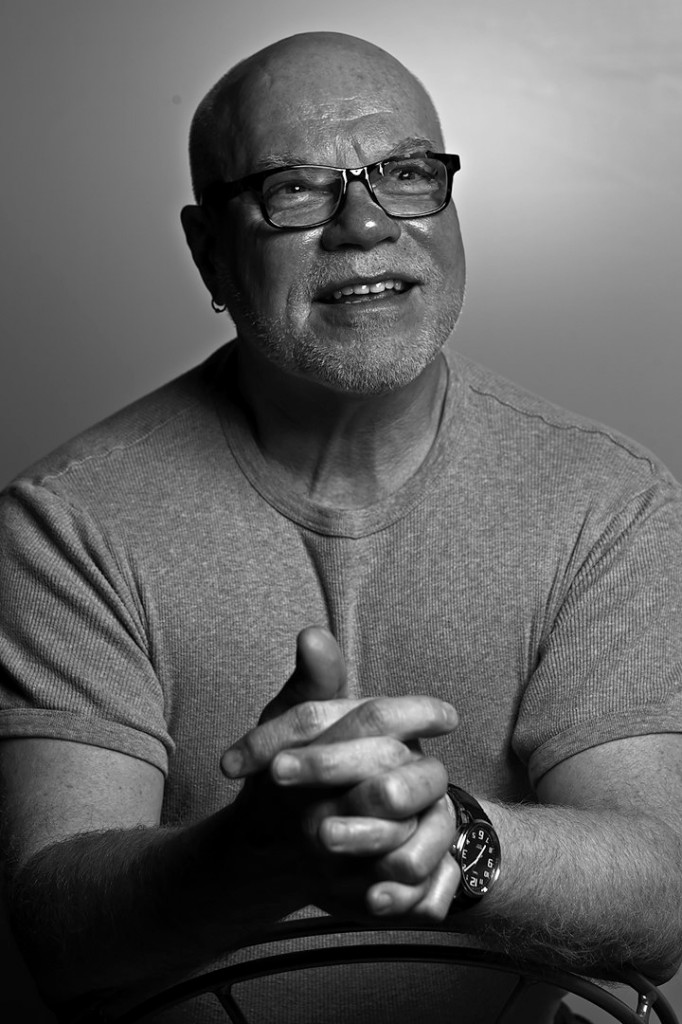Do not go gentle into that good night,
Old age should burn and rave at close of day;
Rage, rage against the dying of the light.
-Dylan Thomas
[A]s organisms that fight for survival, just as other organisms on the plant, a fear of death is built into our psyche. We write about it, we sing about, and Woody Allen obsesses about it. Throughout the ages, civilizations have created various deities to try to explain our origin, our purpose, and our fates when our bodies fail us. As science has evolved, we have learned to worship technology as a new deity that may protect us from aging and our ultimate demise. Despite our growing medical technology, life still has a 100-percent mortality rate. Someday, you are going to die.
Our medical technology sometimes gives us false hope. We pray to the false gods of machines and newer and more expensive pharmaceuticals to stay our execution, often without the thinking about the financial and emotional costs. As a society, we need to be good stewards of resources, as these resources are not infinite. Money that is spent on futile health care could be better used for other things such as alleviating homelessness, treatment for substance use disorder, or perhaps ensuring that every American has a cell phone. What is often overlooked in this discussion is the burden of suffering.
When you are admitted to the hospital, you will often be asked your wishes as far as resuscitation. If you are a 46- year-old otherwise healthy person who is having a heart attack, the answer will almost always be to do everything possible to resuscitate you. If you are 102 years old with dementia and a massive stroke, the answer will probably be to allow natural death. In fact, if I’m the doctor for the latter, I would not ask the family their wishes; I would tell them that it would be medically futile to attempt resuscitation and would only prolong suffering.
In discussing the end of life, the trend over many decades has been toward less paternalism and more autonomy. We encourage living wills and we try to discuss these issues with patients ahead of time. When I was a medical student in an academic university, the discussion was never IF we were going to resuscitate, but what fluids, what size endotracheal tube, and how many medical students could practice procedures before we called the code. Now we are trying more to give the patients and families their opportunity to decide within the setting of their values.
One of the ethical dilemmas in medicine is the balance between autonomy and beneficence. In the United States, we greatly value autonomy in medical decision-making; your ability to make your own decisions about your life, including health care. Built into Western medicine is the idea of informed consent. I offer you medical options and you can choose to take a medication, undergo a procedure, or try your favorite essential oil. I inform you of the options, and make recommendations, but autonomy says that you get to decide if you prefer lavender or vanilla.
Beneficence is a stronger force in other cultures, but it is also ingrained in our medical culture. Beneficence is essentially when your clinician is deciding what is best for you. The opposite is maleficence, the act of committing harm, which every physician swears an oath not to do. If there was no beneficence in medicine, you could walk into your neighborhood pharmacy and get OxyContin, Adderall, Xanax, and a side of cocaine by request. I practice beneficence over autonomy regularly by telling patients that certain controlled substances are not in their best interest, or declining a patient’s request for an unnecessary CT scan because the risks of radiation outweigh potential benefits. It is also beneficence when I place a patient on a psychiatric hold because I feel that they are in imminent danger of harming themselves.
When discussing end of life care with patients, health-care professionals must balance these two ideas. Many providers are uncomfortable with these discussions, and often begin and end the discussion with, “Do you want everything done?”
Well, who doesn’t want everything done? The logical converse is putting someone in a corner to be ignored as they gasp for breath. In reality, there is plenty that can be done at the end of life. Medical school focuses on the diagnosis and treatment of disease, but often falls short in discussions of palliation of symptoms. I do not like the term “do not resuscitate (DNR)” as it implies that we are withholding care. In fact, what we are doing is changing to focus of care to allow natural death and palliation of pain and anxiety. We have many treatments available for symptoms at the end of life and I minimize the suffering of my dying patients.
What happens when the family and the provider are not on the same page? Just like most areas of human interaction, the key is communication. I was the chair of the bioethics committee at a community hospital for two years and the vast majority of ethics consultations were regarding end of life care. In almost all of these cases, the issue was resolved by compassionate, open communication. Physicians are often frustrated by patients and families who have unrealistic expectations. Unfortunately, we also put the burden on families in the name of autonomy. I have seen many families struggle with the decision of whether or not to attempt resuscitation for a loved one, and it is evident that they fear the guilt of making the wrong decision. I often then put that burden on myself and give them an opportunity to object by saying things such as, “resuscitation is unlikely to provide a meaningful recovery and likely to cause suffering so I recommend if she stops breathing or her heart stops that we allow a natural death.”
This often assuages the family’s guilt as I advise them what I think is best.
Since death is inevitable, the decision is really the balance between extending quality life and suffering. If I extend your life, but during that time you are unable to communicate and have to endure painful procedures, I have not really helped you. However, if those painful procedures will then return you to a life that you consider meaningful, I have done some good. Although I cannot see the future, I can predict the likelihood of a good outcome based on your prior health, function, and the nature of your current illness. All too often I see someone with severe dementia who is bed-bound with a feeding tube undergoing painful procedures that will inevitably only prolong suffering. Ethically, I think that is doing harm.
According to medical ethics, clinicians should not offer futile care. I see it happen in the name of autonomy or misguided fears of litigation. I do not offer feeding tubes to patients with dementia who stop eating because there is ample evidence that it does not prolong life and it does increase suffering. Those of us in healthcare need to remember that we are the experts and we should first do no harm. Those of you who are involved in these decisions need to ask your medical providers these difficult questions. Ask your physician, “If this were your mother, what would you do?”
Most of the deaths I see are predictable. As we age and deal with illness, we should not fear death, but plan for it. Death is a natural part of life, and will occur whether we are ready to accept it or not. Several studies have demonstrated that physicians are more likely to die at home and less likely to have aggressive surgical procedures at the end of life. Our patients should have the same consideration and be allowed a dignified death.
Speak with your family about your wishes and their wishes. If you have a family member with a serious chronic illness, don’t wait until you’re in the emergency department and frightened and someone is asking you if they should “do everything”.
We will all die some day and if we are prepared, we may be able to die well.
Complete Article HERE!

